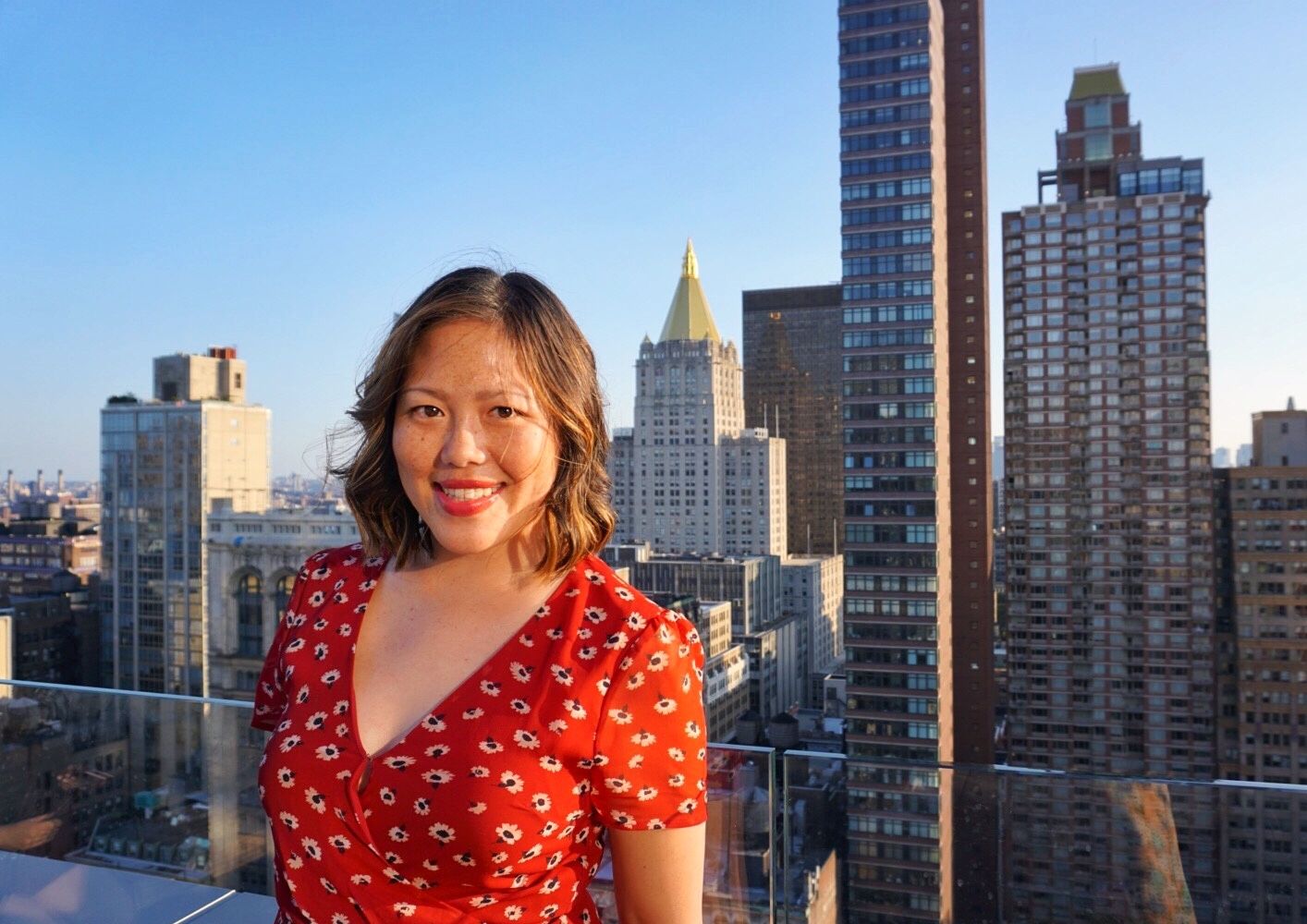
Pink Moon Co.’s Lin Chen On Preparing For International Expansion
The United States is a gargantuan market, but there is plenty of potential sales for indie beauty brands abroad. Lin Chen is well aware of foreign demand for American exports, and the complexities involved with steering those exports to their international destinations of choice. Prior to starting the consultancy Pink Moon Co., which counts Violets Are Blue, Kaliks Collective, Earthwise Beauty, Malaya Organics and Bella Aura Skincare among its clients, she guided Bottega Organica into countries including South Korea, Germany, Norway and the U.K. “There are brands that are better for certain markets, but the keys are to have consistency in messaging, branding and looks, and to have a solid base in a market such as Canada or Japan that you’re entering,” says Chen. Drawing upon her experience, Beauty Independent delved deeper into the considerations paramount to extending overseas.
WHEN SHOULD YOU TRAVEL ABROAD?
Chen instructs American beauty companies not pursue international expansion until they’re on firm footing. They should have branding buttoned up, social media accounts running on full speed and budgets sufficient to cover the costs necessary to support international distribution. Chen notes it’s helpful for companies to nab press mentions in the countries they’re stretching into before they stretch into them. “In new markets, people want to look up information about your brand and see reviews,” she says.
When evaluating which countries to jump into, Chen suggests bearing in mind beauty products that are strong in those countries compared to the products that are strong within brands’ collections. For example, she details, if a brand’s strength is in oils, that brand might not be the best fit for Asian nations that prefer creams and lotions over oils. Prestige positioning and celebrity endorsements are big pluses in Asia. “Asian consumers are extremely discerning, so I would recommend brands to establish a well-thought-out brand story and luxury image attuned specifically for the Asian market,” says Chen. A natural beauty brand might want to concentrate on countries — Chen specifies Norway and Finland — where natural beauty is a robust category. Participating in trade shows overseas such as Indie Beauty Expo in London or Cosmoprof Bologna can serve as fruitful introductions to international buyers. Chen says, “It’s always great to put a face to a name, especially with contacts overseas.”
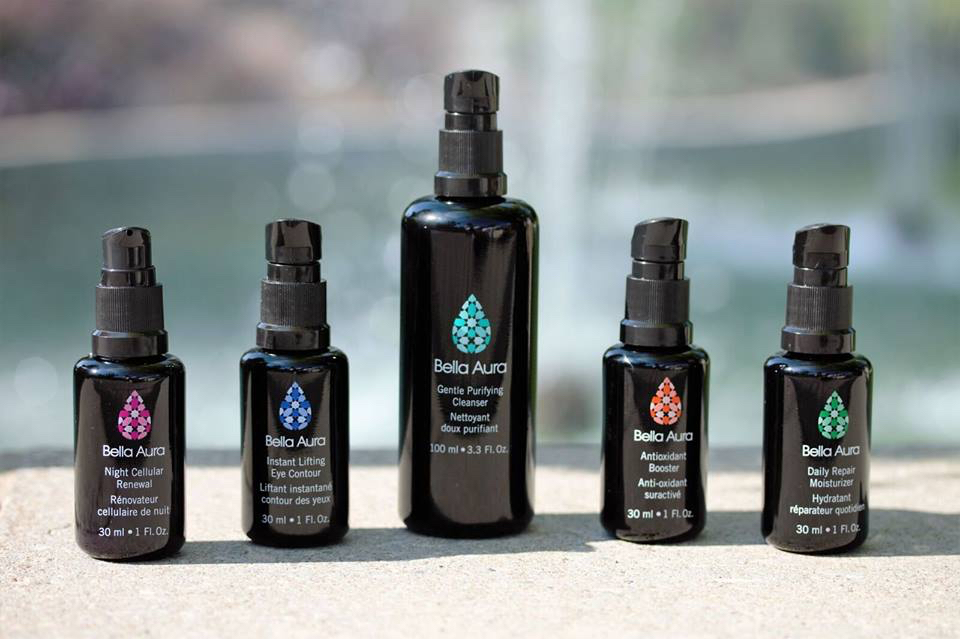
READYING FOR OVERSEAS EXPANSION
Launching internationally requires patience and payments. An initial step is translating English on the packaging to the languages of target markets abroad. In select countries, only inserts in the foreign language may be crucial. Certification is another essential step. Chen figures it takes at least three to six months to become certified to sell beauty products in the European Union. “It is also very expensive,” asserts Chen, who tells brands to dedicate at least $10,000 for the E.U. process. For extending into China, she informs brands to secure trademarks in the country. “China has a very big black market. If they see a brand succeeding, they’re going to want to copy it,” explains Chen. She estimates registering and trademarking brands in China can amount to six months and several thousand dollars’ worth of work.
A distributor anxious to bring a brand to a country may handle much of the work and trim the timeline. Chen believes distributors can be a beneficial route to international growth, but they have to be vetted thoroughly. “I don’t recommend any brands enter China without a distributor. You need distributors in markets that are very hard to enter,” says Chen. Brands should examine the histories of distributors, their brand portfolios, size, retail relationships (if they are closely connected to a dream store, that’s a huge draw), and the prices they’re demanding for products. “I wouldn’t recommend new distributors. I would recommend a distributor that’s been around for five to 10 years and already distributes a few brands,” says Chen. “I worked with a distributor in the U.K. with no experience, and it didn’t work out. It didn’t have a network or really know what it was doing.”
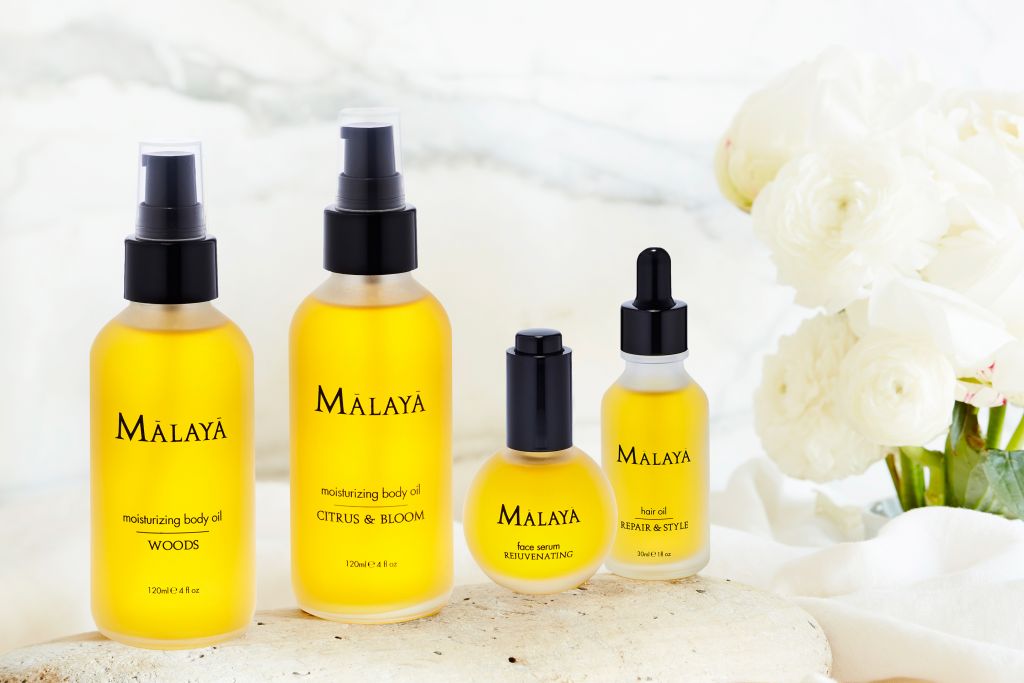
DOLLARS, EUROS, RENMINBI AND MORE
Distributors don’t circulate brands in foreign countries for free. Chen approximates they typically purchase products at 60% to 85% off their retail prices. Like many partners, some distributors are going to take a vested interest in a brand and shepherd it carefully, while other distributors are pretty hands-off. “The distributors you have to constantly chase after are not ideal, but, if they have a large network and are purchasing a lot of products from you, it could be worth the hassle,” says Chen. Usually, Chen relays indie beauty brands directly convert prices from U.S. dollars to foreign currencies. Regardless of the prices abroad, she stresses those prices should be laid out for distributors. “If they are going to sell the products at regular retail themselves, they should be purchasing at 50% margins and, then, the products they are selling to other channels, they purchase those products at the larger distributor discount,” says Chen. “They are already getting a big discount, but they may ask for free shipping and free products. That’s something each brand has to determine if it’s in their budget.”
On occasions, different retail prices are warranted abroad. “A Chinese distributor once asked if she could double the prices in China because of shipping charges and customs,” says Chen. “It can be good when a distributor asks about increasing the prices because you will know exactly how much the products are being sold for without being shocked when you see them for double the price.” She emphasizes a brand should request regular reports from distributors on their brand’s progress. Chen concludes, “Being on top of your distributor and being communicative is important.”
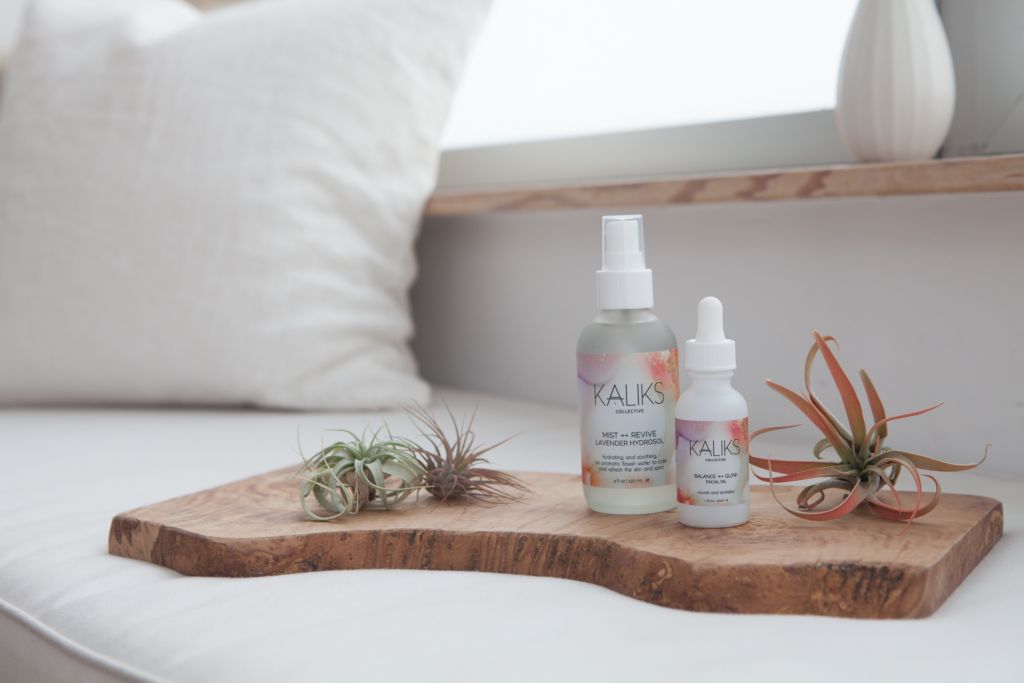


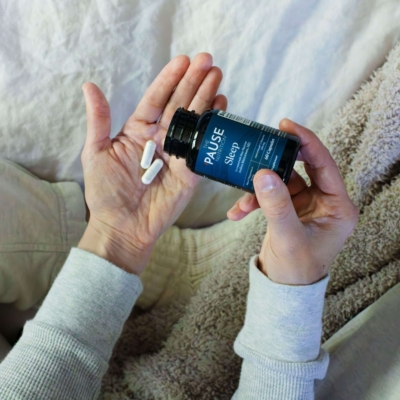

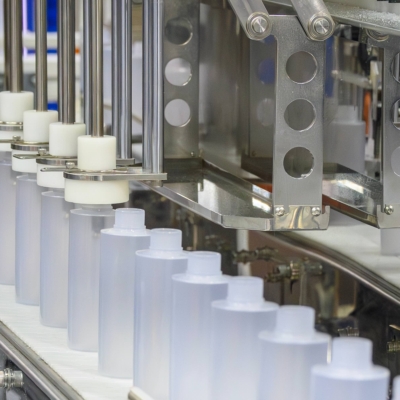
Leave a Reply
You must be logged in to post a comment.